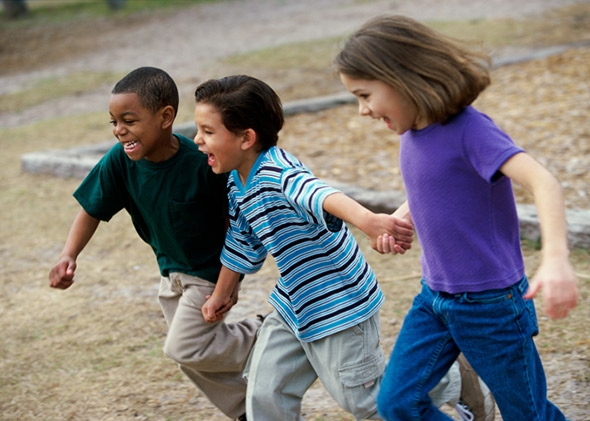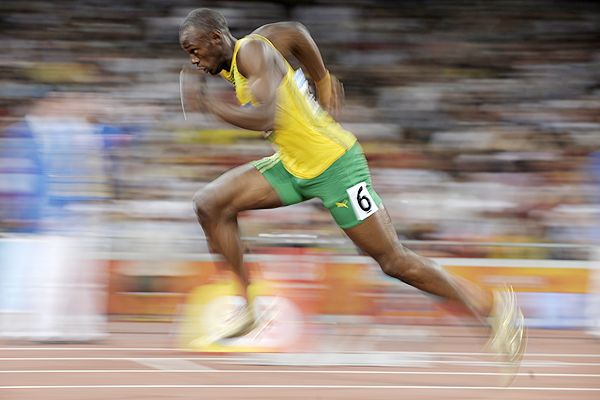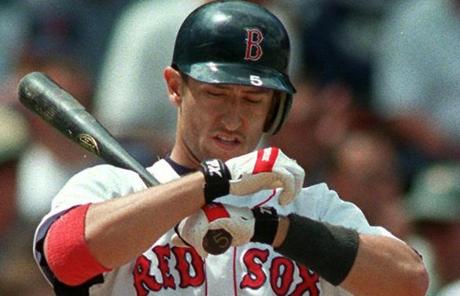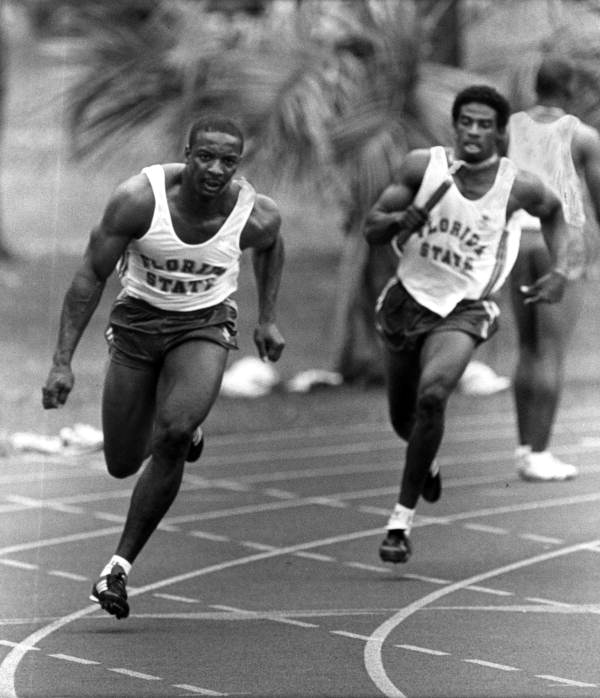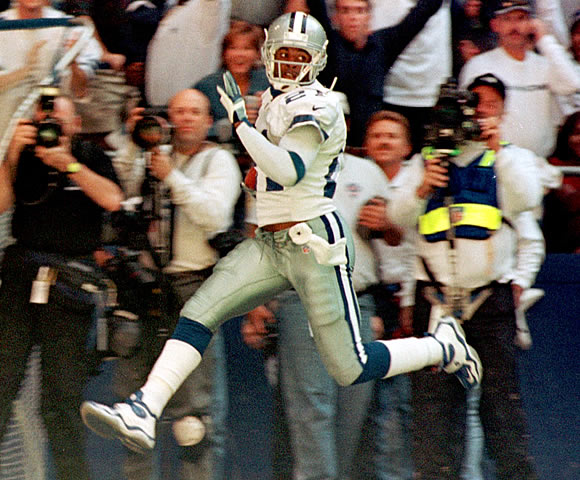
The fall sports season is reaching its zenith. Boys and girls at all levels and grades are running, stretching, planning and preparing for cross-town or cross-county rivals. Fall, especially in New England, is a wondrous time of year even if the Red Sox aren’t participating. [Here in Florida, it’s cause for a street party whenever the temperature falls below 70 during the day.]
For high school athletes, it means all those sweaty summer practices, workouts and sports-camps are finally going to pay some dividends.
The heart of any school athletic season brings with it busy schedules, frantic parents or older siblings driving kids from one field to the next, competition, camaraderie, joy, and disappointment.
One question every coach from Pop Warner and Youth Volleyball, on up through the highest levels high school competition in Texas, has heard in their coaching career is this:
“Why isn’t my kid playing?”
This topic came up in the wake of a column that ran in the Boston Globe last week about the lack of play for some in youth sports.
The absurdity of many “win-at-all-cost” coaches in youth sports is neatly matched by the fanaticism of “play-my-kid-or-else” parents at the high-school level.
When the games start to count, the main reason why your kid isn’t playing is simple:
“They’re just not good enough.”
“He/she just isn't fast enough.”
“He/she just isn’t strong enough.”
“He/she just isn’t tall enough.”
“He/she is too fat/too skinny.”
“He/she just didn’t try hard enough in practice.”
“He/she should not play over Jimmy/Jenny because they're faster, quicker, stronger, taller, and/or try harder.”
Good coaches, however, are not usually that blunt or honest.
We’ll focus on football for the rest of this conversation. Although much here applies to all sports, regardless of the game or gender. Many coaches are notorious for not telling what you and I would consider the “truth.”
The coach of New England’s NFL entry has mastered that skill. And high school coaches who fancy themselves as the “Belichick of the _______ League” are likely to follow his lead.
Parents get a little nutty at times when it comes to their children and youth/high school sports. Nearly every parent ever [this one included], at one time or another in the dark recesses of their minds, fancies a scenario where their son or daughter can master this or that sport well enough to earn a free-ride to college. When that dream/delusion is squashed after meeting the reality of genetics, talent, and/or interest, it’s hard to reconcile.
For the parents, that is.
The thing is that many kids know what they’re good at, and what they’re not good at. When it comes to football, for instance, most of the middle-schoolers or freshman already know the one or two kids who are good enough to play on the varsity team. And be the ones likely to catch the eye of a college recruiter. Their parents do not.
The rest play because they enjoy it, need the discipline, want to belong to a team, have dreamed of it since they were 5 or 6, are trying to make their parents happy, need a varsity sport on their college application, or some combination thereof.
There is another level of high school athlete, the non-elite, that encompasses about 99 percent of those who play high school and/or youth sports. They’re the ones whose career in organized athletics will end with their final high school game. Some of these kids are very talented and skilled. They’re able to throw the ball AND catch the ball, much to the delight of Gisele Bundchen. They can beat anyone in a footrace. They can bench twice their body weight.
Others possess marginal athletic skills, but make up for it practice, by getting stronger and quicker, and with on-field effort.
And no matter how much little Billy tries, no matter how much little Billy wants to play, there’s no guarantee that he will play. [Unless he’s participating in a league that mandates or guarantees playing time.] Participating in high school sports, for instance, is no different than any other education experience. You learn about winning and losing. You learn about bad calls and bad breaks. And some kids just aren't good enough to play, at least on a routine basis.
Far too many children today are living in a world where they never learn "no." They don’t know how to handle disappointment and failure. Nor do they know how to react and move on when they don’t get their own way. Interacting with actual people, and not just the screens on their iPhones or iPads, is a challenge, if not an impossibility. I won’t call this “abuse,” but it’s pretty damn close.
This is a world constructed by “well-meaning” but dangerously naïve parents. The children know no better because this is what they’re taught. Real-life doesn't come with "Participation Awards," "8th-Place Trophies" or laudatory bumper-stickers telling everyone that you're able to do your job without screwing up.
Playing a team sport, like football, with the right coaching can help students learn life’s difficult lessons, including Mick Jagger’s truism that “you can’t always get what you want.”
The joy of winning, the life-time friendships that are crafted among teammates, the sense of accomplishment and, for some, that varsity letter, makes the effort worth the risk. Some kids just aren't good enough to play at any competitive level . This is not a moral judgment. They’re too big, too small, too slow, don’t work hard enough off the field, or aren’t physically strong enough to be safe while being on the field against better athletes who won’t take it easy on them.
It sucks when your kid isn’t playing. Been there, done that. No reasonable parent wants to see their child hurt. But no one escapes this life unhurt, emotionally if not physically.
When these kids move on in life, they are going to get rejected when they apply for college, turned down when they ask out someone for a date, fail to get the job they want, the shift they want at work, and taste failure and disappointment on multiple fronts.
Legitimate safety concerns aside, coaches should try to get make sure everyone gets some playing time. But that should never come at expense of other kids who are more talented, try harder or spend more time practicing.
My son earned a starting spot senior year on his varsity football team. When it became evident he wasn't going to play much after the first few weeks of the season, he made the difficult decision to leave the team. He focused full-time on his studies and conditioning, so he could qualify for a military scholarship. The sophomore who replaced him is now playing at a Div. I-AA school on scholarship. This turned out to be a great decision for my son, who is a third-year US Army ROTC cadet. Win-win.
Their coach wasn't very good, and would be fired before my son graduated. This taught my son another important life-lesson: All your bosses aren't going to be great. Sometimes, leadership is going fail and take everyone down with it.
No child should be forced to play sports. And no child should ever go out for any team thinking they're going to be guaranteed a spot or playing time, no matter how loudly their parents complain. There is, however, much on the upside to playing team high school sports that barely gets mentioned nowadays.
In that sense, sports is a true metaphor for life. No one is guaranteed "playing" time in life. For the most part, hard work, effort, planning and desire is rewarded. The benefits can be wonderful. But it’s good to prepared when it doesn’t work out that way.
The OBF column is written by award-winning journalist and Bay State native Bill Speros. Bill has written and reported for ESPN, CBSSports.Com and was a sports/deputy sports editor at several metro daily newspapers. Reach Bill on the OBF Facebook page, on Twitter @realOBF or at his
OBF email Address. Thanks always for reading.
Source: http://www.boston.com/sports/blogs/obnoxiousbostonfan/2014/10/were_about_a_month_or.html?p1=Must_Reads_hp






